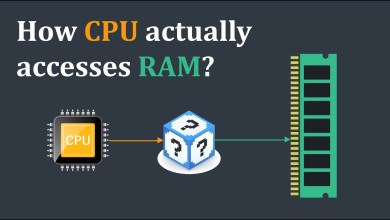What is a Hypervisor (Virtual Machine Monitor)?
A hypervisor, often called a Virtual Machine Monitor (VMM), is a software or hardware component that enables the virtualization of multiple operating systems (OS) on a single physical computer or server. It creates and manages virtual environments, known as virtual machines (VMs), allowing multiple OS instances to run independently on the same hardware. Here are key aspects of hypervisors:
Virtualization: Hypervisors play a central role in virtualization technology, which abstracts and separates the physical hardware from the software, enabling multiple virtualized OS environments to coexist on a single machine.
Types of Hypervisors:
Type 1 Hypervisor (Bare-Metal): These hypervisors run directly on the physical hardware without the need for an underlying host OS. Examples include VMware vSphere/ESXi and Microsoft Hyper-V.
Type 2 Hypervisor (Hosted): Type 2 hypervisors run on top of an existing host OS and are often used for development and testing. Examples include VMware Workstation and Oracle VirtualBox.
Isolation: Hypervisors provide strong isolation between VMs. Each VM operates in its own sandboxed environment, with no direct access to the underlying physical hardware or other VMs, ensuring security and stability.
Resource Allocation: Hypervisors allocate and manage physical resources such as CPU, memory, storage, and network bandwidth among VMs. This enables efficient resource utilization and guarantees a certain level of performance for each VM.
Snapshotting and Cloning: Many hypervisors support the creation of VM snapshots and clones. Snapshots capture the VM’s state at a specific point in time, while clones replicate an entire VM for quick deployment.
Migration and High Availability: Hypervisors often include features for live migration of VMs between physical hosts and high availability configurations. These capabilities enhance system reliability and flexibility.
Use Cases: Hypervisors are widely used in data centers, cloud computing, and virtual desktop infrastructure (VDI). They enable efficient server consolidation, disaster recovery, and scalable cloud services.
Hypervisor Security: Ensuring the security of the hypervisor itself is critical, as it controls access to all VMs. Vulnerabilities in the hypervisor can potentially lead to security breaches and data compromise.
Hypervisors have transformed the way IT resources are managed, providing flexibility, scalability, and cost-efficiency in deploying and managing multiple virtualized environments. They have become a foundational technology in modern computing, powering cloud services, data centers, and virtualization platforms.
[ad_2]
source



